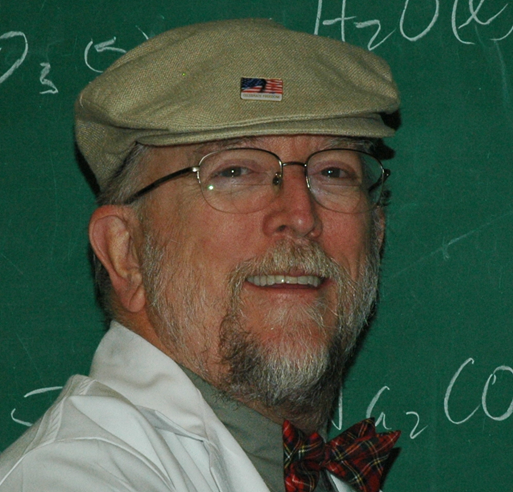By Robert F. Moran, PhD, FCCM, FIUPAC; Maria Paulina Posada-Vergara, MD, MSc
LEARNING OBJECTIVES
Upon completion of this article, the reader will be able to:
- List those involved in shared understanding and implementation of caring for those in critical care areas.
- Discuss the characteristics of the critical care patient and the proper planning of the laboratory environment in nonideal situations.
- Differentiate critical homeostatic laboratory testing required for the care of critical patients.
- Discuss back-up laboratory testing for critical care patients in unsuitable environments, such as surge situations or environmental tragedies

Robert F. Moran, PhD, FCCM, FIUPAC is the Principal Scientist at mviSciences, a consulting and educational services organization and President of AccuTest Proficiency Testing Services. Dr. Moran served multiple terms on the NCCLS (Now CLSI ) Board of Directors and was an active participant or chairholder in several of their blood gas and electrolyte standards-writing teams. Also active in clinical chemistry internationally, he is an appointed Fellow of the International Union of Pure and Applied Chemistry (FIU PAC). He is a retired professor of chemistry and physics from Wentworth Institute of Technology but
remains active in consulting work and writing.

Maria Paulina Posada-Vergara, MD, MSc received her medical degree from the National University of Colombia and her MSc from the University of Sao Paulo, SP, Brazil. She is an Infectious Diseases Fellow from Instituto de Infectologia Emilio Ribas, Sao Paulo, Brazil. Her more than 25 years of clinical practice have included health provider training and service implementations in urban and remote settings. Dr. Posada-Vergara’s extensive expertise in delivering healthcare in low-income settings across Africa and Latin America has focused on HIV/AIDS, hepatitis, tuberculosis, STI s, and tropical diseases.




